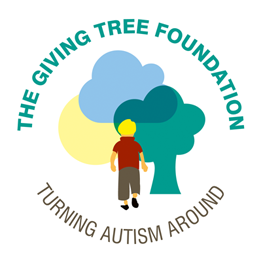Scientific American: On The Brink Of Breakthroughs In Diagnosing And Treating Autism
Decades ago, autism was thought of as one condition. The aim of research was to figure out its “cause”. Now research has shown that ASD is “a group of lifelong conditions that can arise from a complex combination of multiple genetic and environmental factors”
The International Meeting for Autism Research (IMFAR), is a conference in Baltimore that will see up to 2,000 of the world’s leading autism research come together to present new findings. New findings will highlight the importance of the prenatal period in understanding how certain environmental factors, such as drinking or smoking, can increase the risk of ASD. How these environmental factors impact the individual however, depend on their genetic background, as well as the timing of exposure.
Another study has looked at brain scans of infants. The findings showed that 20% of these infants who had older siblings with ASD were likely to also develop ASD. However, brain-imaging techniques are revealing that there are differences in the circuitry of the brains of infants that later develop ASD. Such differences are evident as early as during the first year of postnatal life, and can be used to help detect ASD as or even before symptoms emerge. The goal, through this, would be to start intervention earlier, when the brain is most malleable.
Studies are looking at why people with ASD are often exceptional in maths, art and music, but have difficulties with social interaction. They have shown that long-range connections in the brain are often weaker for people with ASD. These long-range connections are vital in performing complex behaviours, such as social interaction and language. People with ASD often have enhanced short-range neural connections, which help with tasks such as maths, music and art.
Furthermore, more studies are surfacing about the role of gender in autism. As more boys than girls receive diagnosis, most of the research has been about boys. Research in girls with ASD has shown that they often display milder symptoms, which lead to missed or delayed diagnoses. This means that girls are often missing out from access to early intervention treatments, possibly explaining why they often may struggle more than boys in areas such as daily life living skills.
The conference will also unveil a number of promising new treatments. However, although these findings are encouraging, the challenge in helping people access early intervention treatments remains.
